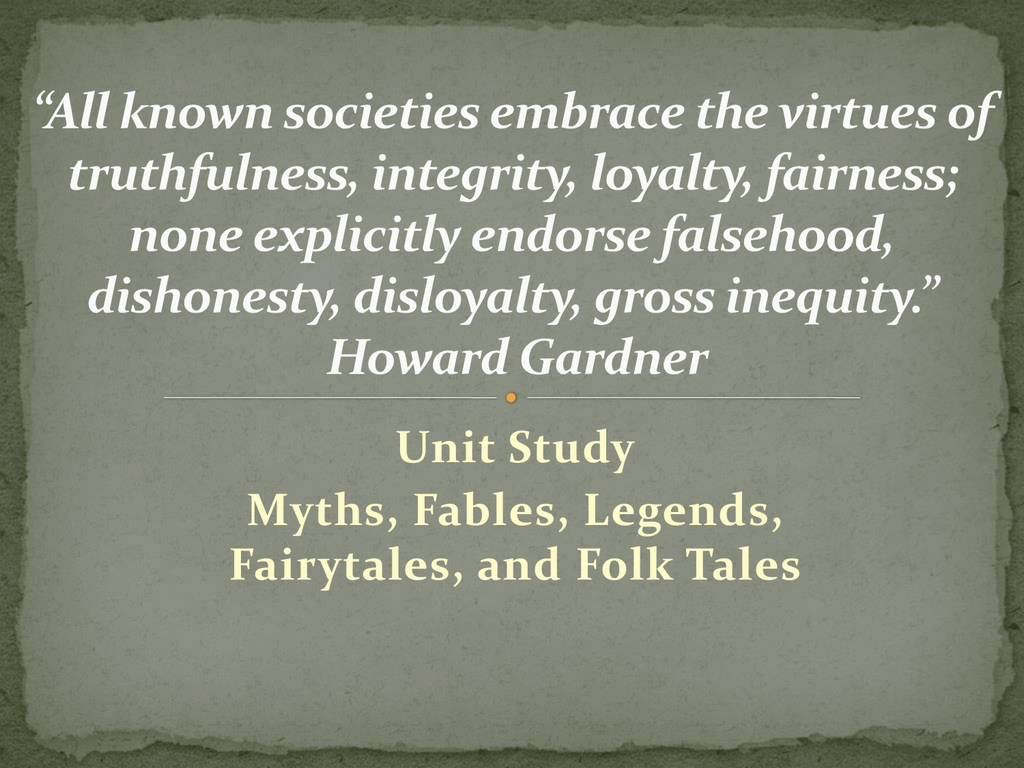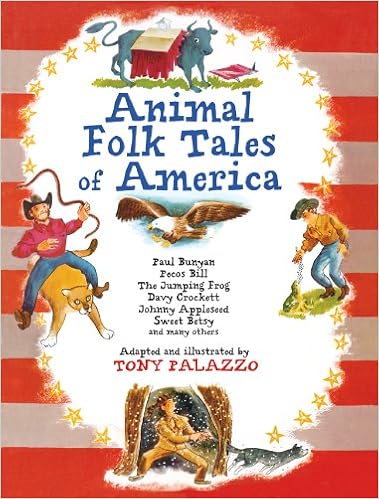

Folklore can include a variety of creative forms, including folktales, myths, legends, songs, dances, food recipes, and traditional artistic techniques (University of Illinois 2013). A member of the group may not know all other members, but he will probably know the common core of traditions belonging to the group, traditions which help the group have a sense of group identity” (1980:2). In theory a group must consist of at least two persons, but generally most groups consist of many individuals. It does not matter what the linking factor is- it could be a common occupation, language, or religion- but what is important is that a group formed for whatever reason will have some traditions which it calls its own. According to Dundes, “The term ‘folk’ can refer to any group of people whatsoever who share at least one common factor. Dundes taught folklore at University of California, Berkeley and wrote numerous books on the subject, including The Study of Folklore (1965), which established popular definitions of folklore, the folk, and the theoretical and methodological practices of folklorists. The study of folklore was professionalized and solidified by Alan Dundes (1934-2005). Internet related and generated urban legends such as Slender Man also demonstrate the importance of cyberlore and the transformation of folklore in the digital age. By drawing on folkloric traditions from around the world, and crafting their own universe-specific lore, video game writers and developers are building new interactive spaces for folklore and reifying the significance of folklore within our cultural imagination. Contemporary folklore can be found within geek enclaves and hubs, such as video games and Internet urban legends.

But as an Internet geek and nascent gamer, I think that folklore is in fact more popular than ever.

Students may be interested in the discipline, yet universities are discontinuing folkloric studies, partially because many people struggle to grasp the continued use or prescience of folklore in the so-called modern world.

#10 sentence folktale examples series
Popular understandings of folklore have points of reference, although these examples-such as the Brothers Grimm Fairy Tales or the supernatural Boggart popularized by the Harry Potter series and Susan Cooper’s novel The Boggart (1993)-are always located in the past, within a historical context. The word folklore likely conjures images of elves or faeries dancing beneath a harvest moon, or selkies sunning themselves on the beach.


 0 kommentar(er)
0 kommentar(er)
